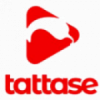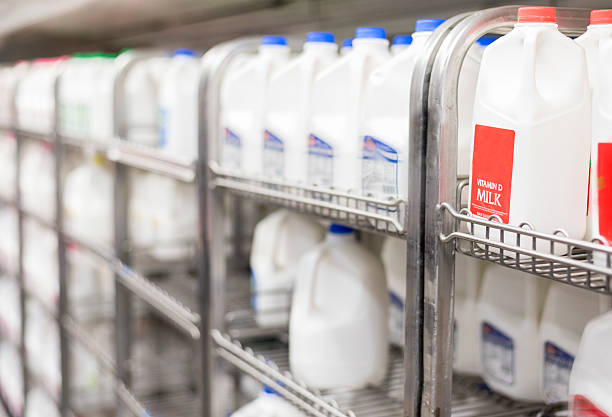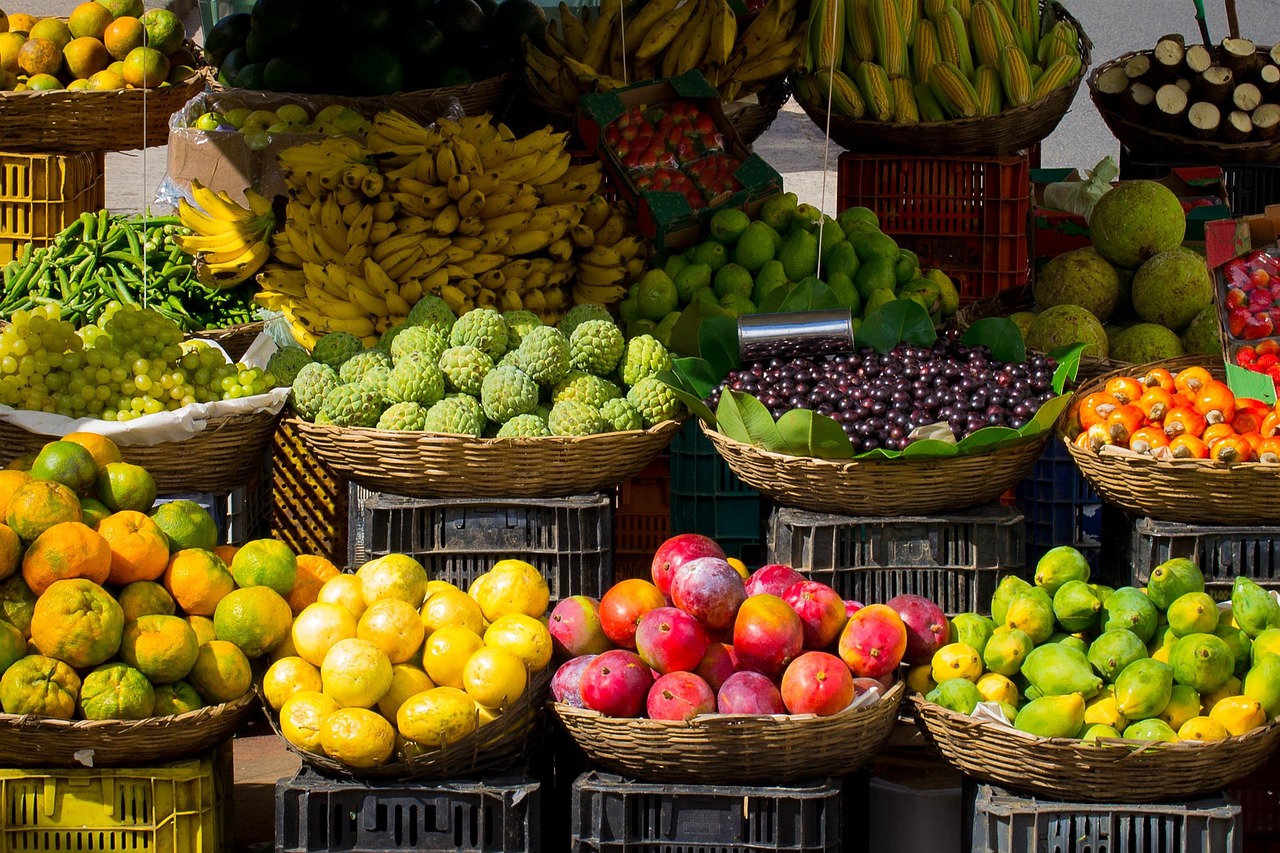The Zimbabwe’s government, has expressed optimism in this year’s milk production target of 90m litres, saying, that the nation is set to achieve the dream against all odds.
The confidence comes from a 10-13% increase in milk volume that was recorded in January this year continued a trend that started in 2022 when milk jumped 14.3% to 91.6 million litres.
Zimbabwe Association of Dairy Farmers (ZADF) Chief Executive Officer (CEO) Mrs Paidamoyo Chadoka said that milk volumes were continuing to increase with production expected to grow by 20% to 108 million litres by the end of 2023.
With the growth, Zimbabwe could be well on its way to achieving milk self-sufficiency. The country needs between 120 and 130 litres of milk a year.

“The target is to produce an annual volume of 150 million litres by 2025 with a total dairy herd size of 54 000 animals,” Mrs. Chadoka said.
“Out of the country’s 45 milk collection centres, 22 are operating at various levels while 16 are new and have not yet started collecting milk and 7 have closed and are attempting to reopen.”
A number of interventions and touch points have been spurring to life Zimbabwe’s dream of achieving milk self-sufficiency.
For instance, the Livestock Recovery and Growth Plan introduced deliberate programmes, focused on increasing the national dairy herd from 19 000 in 2021 to 29 000 in 2022.

The Government is now working towards achieving increased average productivity from 13 to 18 litres per cow per day by 2025.
Collaborations between the Government and the business sector have also consistently helped the milk collection centres expand and flourish.
“The Government through The Transforming Zimbabwe’s Dairy Value Chain for the Future (TranZDVC) project has also managed to introduce a dairy hub model that focuses on developing functioning milk collection centres into functional business development units (dairy hubs) and anchor/integrator farmer-led milk collection points,” continued Mrs Chadoka.
In addition to serving as milk collecting points, the dairy hubs are expected to offer other business development services.
“This model will ensure the sustainability of the milk collection centres, stimulate the local economy and ensure that services and products are available at a local level,” she said.
Recently the government implored small-scale farmers to embrace silage and pasture production to boost milk production amid shortages of the product in the market.






